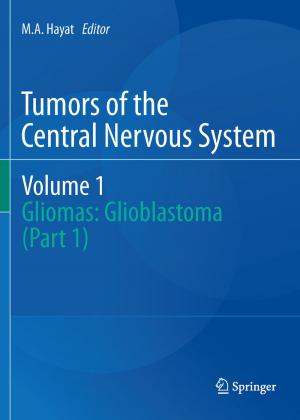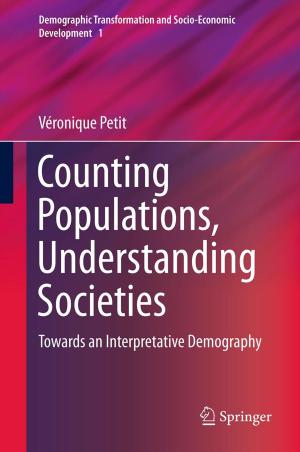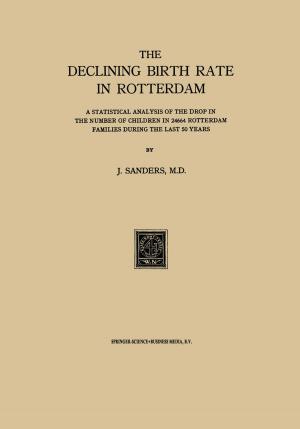Studies in Inherited Metabolic Disease
Prenatal and Perinatal Diagnosis
Nonfiction, Health & Well Being, Medical, Specialties, Pediatrics, Internal Medicine, General| Author: | ISBN: | 9789400910690 | |
| Publisher: | Springer Netherlands | Publication: | December 6, 2012 |
| Imprint: | Springer | Language: | English |
| Author: | |
| ISBN: | 9789400910690 |
| Publisher: | Springer Netherlands |
| Publication: | December 6, 2012 |
| Imprint: | Springer |
| Language: | English |
With improved control of most environmental causes of disease, genetic illness has assumed a primary importance in the causation of handicap and mortality in all age groups. At present, effective therapy is available for relatively few genetic conditions and prenatal diagnosis is an important option for couples at high risk. The task of providing prenatal diagnosis for these couples requires a team approach between clinicians and scientists, and is complicated by the large number of diverse conditions and by the rapid developments in the field, both obstetric in relation to imaging and tissue sampling methods and genetic in relation to techniques for analysis. Against this background, the aim of the Symposium was to provide an overview of the current status of prenatal and perinatal diagnosis of inborn errors of metabolism. The format consisted of the usual mixture of specific invited overviews and free communications in either oral or poster form. The invited overviews, as can be seen from this publication, covered a wide range, from accepted methods for neonatal diagnosis and screening to newer techniques for prenatal diagnosis and likely future developments with respect to gene therapy. Similarly, the oral com munications included reviews of experience with biochemical analysis of chorionic villus sampling from major centres, more specific examples of progress towards the basic defect in Batten's disease and Canavan's disease, and prospects for effective therapy in Menkes' disease and a lipid myopathy.
With improved control of most environmental causes of disease, genetic illness has assumed a primary importance in the causation of handicap and mortality in all age groups. At present, effective therapy is available for relatively few genetic conditions and prenatal diagnosis is an important option for couples at high risk. The task of providing prenatal diagnosis for these couples requires a team approach between clinicians and scientists, and is complicated by the large number of diverse conditions and by the rapid developments in the field, both obstetric in relation to imaging and tissue sampling methods and genetic in relation to techniques for analysis. Against this background, the aim of the Symposium was to provide an overview of the current status of prenatal and perinatal diagnosis of inborn errors of metabolism. The format consisted of the usual mixture of specific invited overviews and free communications in either oral or poster form. The invited overviews, as can be seen from this publication, covered a wide range, from accepted methods for neonatal diagnosis and screening to newer techniques for prenatal diagnosis and likely future developments with respect to gene therapy. Similarly, the oral com munications included reviews of experience with biochemical analysis of chorionic villus sampling from major centres, more specific examples of progress towards the basic defect in Batten's disease and Canavan's disease, and prospects for effective therapy in Menkes' disease and a lipid myopathy.















